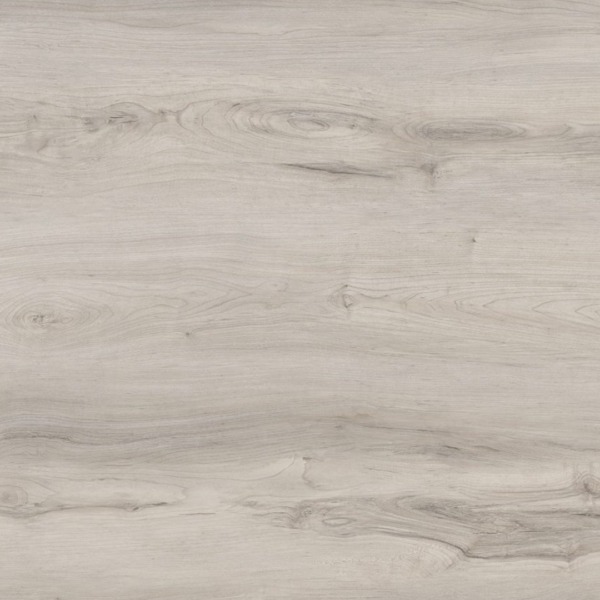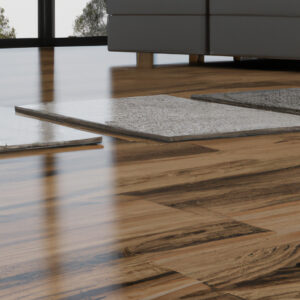Difference between vinyl and laminate flooring
Flooring is an essential aspect of any home renovation or construction project. With so many flooring options available in the market, it can be overwhelming to choose the right one for your space. Two popular choices for flooring are vinyl and laminate flooring. While they may look similar at first glance, there are significant differences between them.
Vinyl flooring is made of synthetic materials like PVC, while laminate flooring is made of high-density fiberboard with a printed paper or photographic layer on top. One of the main differences between the two is the way they are installed. Vinyl flooring comes in large sheets or tiles and can be glued or nailed down, while laminate flooring comes in interlocking planks that snap together without any adhesive.
Another difference between the two is their durability. Vinyl flooring is highly resistant to water, scratches, and stains, making it an ideal choice for high-traffic areas and rooms that are prone to moisture, like kitchens and bathrooms. On the other hand, laminate flooring is not as water-resistant and can warp or buckle if exposed to moisture for an extended period.
When it comes to design options, both vinyl and laminate flooring offer a wide range of colors and patterns that can mimic the look of natural materials like wood, stone, or tile. However, vinyl flooring has a more flexible surface and can better mimic the texture of these materials, while laminate flooring can look more flat and artificial.
Other popular flooring options include hardwood, carpet, and tile. Hardwood flooring adds a classic and elegant touch to any space, but it can be expensive and requires regular maintenance. Carpet is a cozy and comfortable option that can help absorb noise and is ideal for bedrooms or living rooms, but it can be difficult to clean and maintain. Tile is a durable and versatile option that is ideal for areas with high moisture and heavy foot traffic, but it can be cold and hard underfoot.
Comparative table between general characteristics between floorings
| Flooring Type | Installation | Durability | Water-Resistance | Design Options | Maintenance |
|---|---|---|---|---|---|
| Vinyl | Glued or nailed down | Highly durable | Highly water-resistant | Flexible surface can mimic natural materials | Easy to clean and maintain |
| Laminate | Interlocking planks, no adhesive | Durable but can warp with moisture | Less water-resistant than vinyl | Can mimic natural materials but less texture | Easy to clean and maintain |
| Hardwood | Nailed down | Durable but can scratch and dent | Not water-resistant | Natural wood grain patterns and colors | Requires regular maintenance |
| Carpet | Glued or stretched over padding | Comfortable but can stain and wear down | Not water-resistant | Wide range of colors and patterns | Requires regular cleaning and maintenance |
| Tile | Glued or mortared down | Highly durable | Highly water-resistant | Wide range of colors and patterns | Requires regular cleaning and maintenance |
In conclusion, when choosing flooring for your home, consider the level of durability, ease of installation, maintenance requirements, and design options that each type of flooring offers. While vinyl and laminate flooring are similar in many ways, they have distinct differences that can make one more suitable than the other depending on your needs and preferences.













